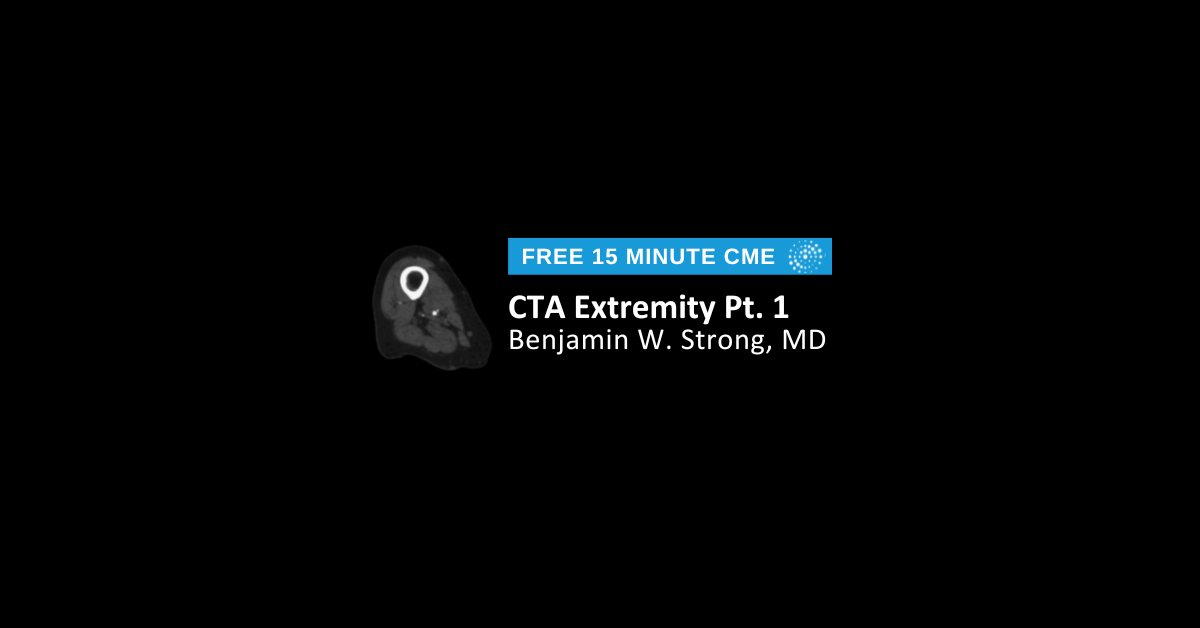CTA Extremity Pt. 2
0.25 AMA PRA Category 1 Credit™
Cost: Free
Expires: 12/31/2026
Course Overview
Case presentations of the most common injuries and pathologies affecting the extremity vasculature. These are challenging cases for our radiologists with serious consequences in the balance. Focus is on the breadth of injury/pathology but also on subtler imaging distinctions such as extravasation vs pseudoaneurysm.
Learning Objectives
- List the major injuries and pathologies affecting the extremity vasculature.
- Understand the subtle imaging differences between extravasation and pseudoaneurysm.
- Appreciate the incidence of pathologies distal to a focal or regional vessel abnormality, such as dissection or emboization.











.jpg?width=1024&height=576&name=vRad-High-Quality-Patient-Care-1024x576%20(1).jpg)







%20(2).jpg?width=1008&height=755&name=Copy%20of%20Mega%20Nav%20Images%202025%20(1008%20x%20755%20px)%20(2).jpg)







-2.png?width=1200&height=628&name=CME_Header_1200x628%20(6)-2.png)

-2.png?width=1200&height=628&name=CME_Header_1200x628%20(5)-2.png)

-2.png?width=1200&height=628&name=CME_Header_1200x628%20(4)-2.png)

-1.png?width=1200&height=628&name=CME_Header_1200x628%20(1)-1.png)



.png?width=1200&height=628&name=CME_Header_1200x628%20(32).png)

.png?width=1200&height=628&name=CME_Header_1200x628%20(30).png)

.png?width=1200&height=628&name=CME_Header_1200x628%20(29).png)